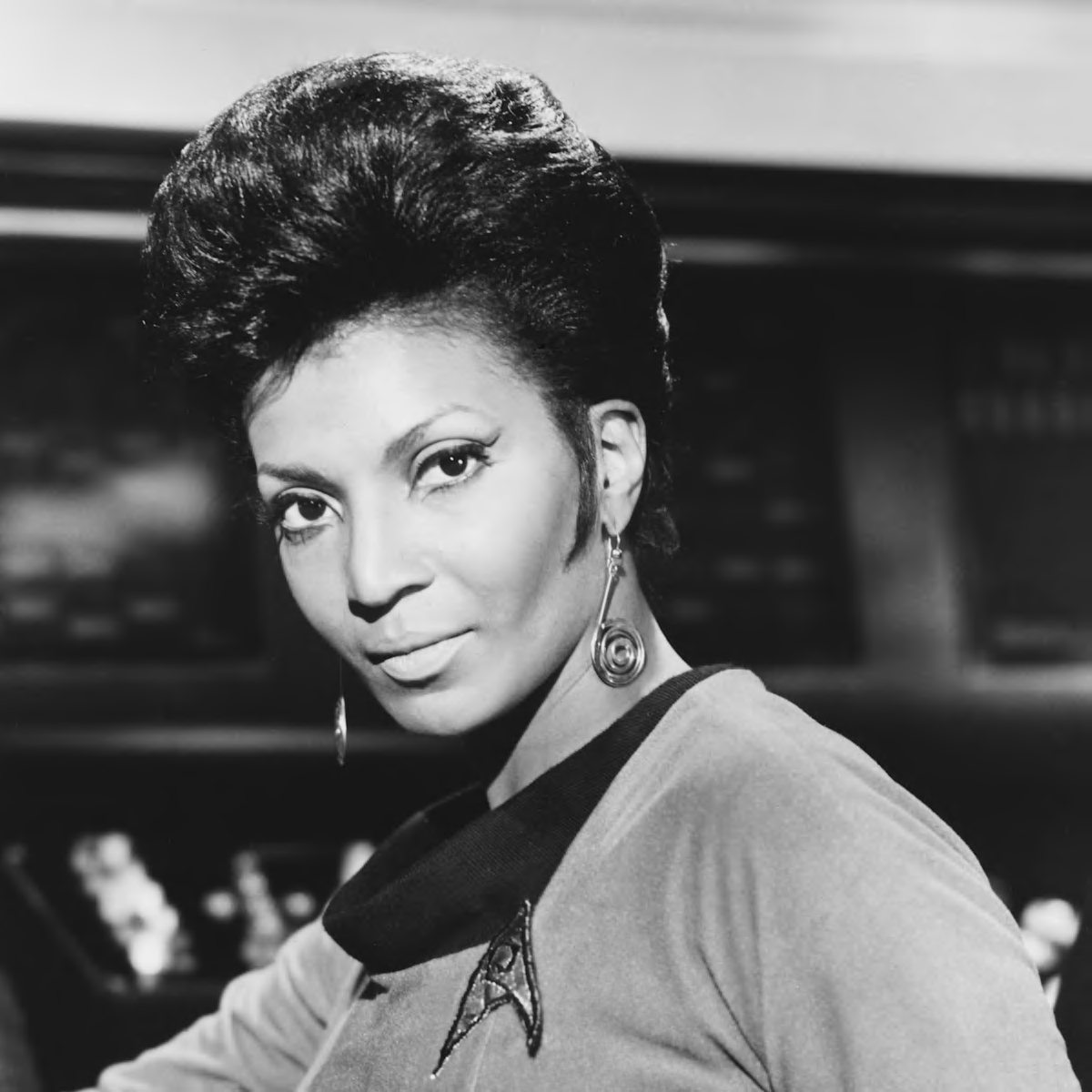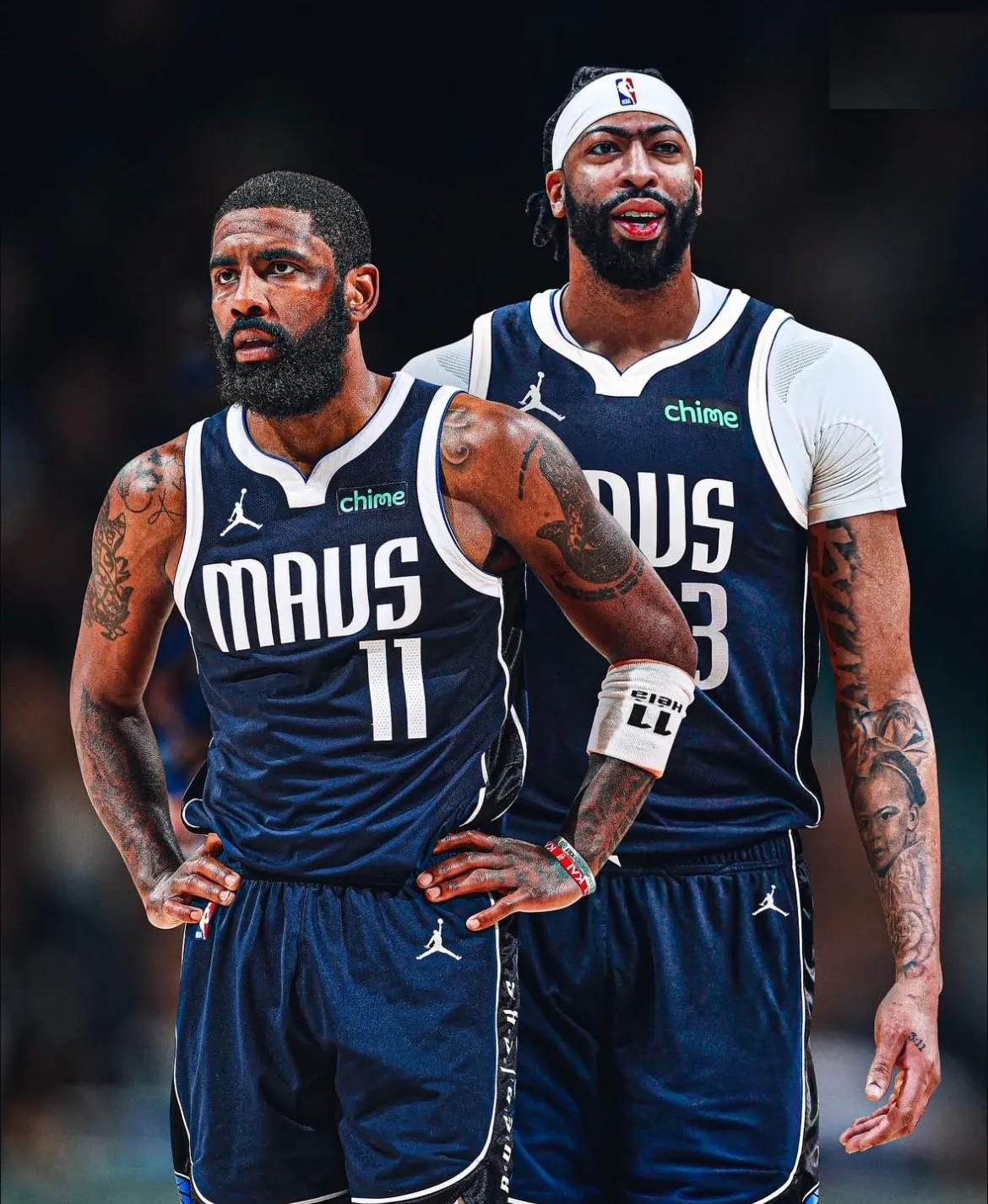When it comes to Star Trek, we fans have access to many different types of media, including book tie-ins. These books have been around almost as long as the original series, and fans-turned-writers still publish them in many different universes, from the original series to Star Trek: The Next Generation and even Star Trek: Strange New Worlds. As a lifelong fan of the franchise and a book lover, (thanks mom,) I've read dozens of Star Trek paperbacks and hardcovers, but the one I find myself going back to most often is Uhura's Song, by the late Janet Kagan.

Cats, cures, and classic characters!
Uhura's Song was published in 1985 by Pocket Books, and the publisher lists it as #21 in their line of Star Trek fiction selections in paperback. I remember the book's cover catching my eye, as it featured Uhura, Spock, and a large, sentient-looking cat. Even as a young person barely out of my teens, I was a cat person, so I took the book home with me, hoping for a decent adventure, and boy, did I get one! The plot revolves around the original crew traveling to a distant planet to find a possible cure for a disease called ADF Syndrome, which affects the cat-like beings of the planet Eeiauo and humans as well.
Can I pet that cat?
Star Trek books are sometimes hit or miss, especially when it comes to original characters who interact with the crew. Janet Kagan, who sadly passed in 2008, found the ideal balance between adding characters who held my attention without forcing them into the plot. The cat-like aliens of Sivao, far-flung relatives of those on Eeiauo, still stand out in my mind as some of the most unique ever put to paper and into the Star Trek universe. They have many feline qualities that cat lovers will enjoy but also a rich and interesting culture that fascinates the crew and their planetside medical officer, Dr. Evan Wilson.
The major themes of Uhura's Song
Uhura's Song features 3 major themes: The universal language of music, differences in cultural perceptions and, surprisingly, how a "loose cannon" original character often represents the well-known trope of a trickster. In this novel we have Dr. Evan Wilson, who is small in stature but large in personality. She is humorous, curious, sometimes temperamental, and highly intelligent. She dives into the Sivaoan culture completely, and it is the differences between how humans and Sivaoans view adults and children that hold the key to the cure for ADF Syndrome.
Adventure awaits on Sivao!
Uhura's Song is one of those Star Trek novels that I return to when I want to imagine my three cats with the ability to talk, tell stories, and toss fruit around with prehensile tails. It's also a great adventure most readers could finish in a few days. The book is still widely available online and in secondhand bookstores, where I bought my most recent copy (my third one). At 373 pages, it's an easy read and, in this reader's opinion, the cat's pajamas of early Star Trek book tie ins!
Page 2
During Star Trek's original run, viewers got their first look at a new bridge character during season 2: Pavel Chekov, a Russian-born ensign fresh out of the academy. Only 22 at the time, he brought a sense of youthful (if not often surly) good humor to the bridge and crew. While Chekov didn't appear in every episode during seasons 2 and 3, he made his mark. He returned for the original series movies, with Walter Koenig bringing back Chekov's fatalistic humor as Enterprise's security chief. From Star Trek: The Motion Picture to Star Trek 6: The Undiscovered Country, the now-seasoned commander had some unforgettable moments in each film, so let's revisit the top 6 Pavel Chekov movie moments that remind us that he is much more than Gene Roddenberry's "Russian inwention."
1. Giving Spock permission to come aboard in Star Trek: The Motion Picture
Spock's return to Enterprise in the first original series film was an emotional moment for everyone on the bridge who served with the Vulcan in the past, but it was Chekov who encapsulated everyone's emotions in the moment when Spock first arrives on board. When Spock asks permission to come aboard, his former protege and student is first delighted and then puzzled when Spock fails to acknowledge his reply or greet him as a former comrade. His very human response underscores Spock's renewed Vulcan reserve, even with those he worked closely with during the crew's original 5-year mission.
2. Returning to the bridge after his injury in The Wrath of Khan
Chekov's encounter with Khan on Ceti Alpha 5, along with the ill-fated Captain Terrell, is one of the movie franchise's most tense and disturbing scenes. The Ceti eels that invade Chekov and Terrell's brains cause the captain to destroy himself, but Chekov's resistance expels the eel in a way that most viewers probably still remember (likely wincing as they do.) When the battle in the Mutara Nebula begins, a visibly weak but determined Chekov arrives on the bridge and asks Kirk if he could use another hand. Kirk's expression of respect and affection when he replies is one of the most endearing moments in the Star Trek films.
3. Committing to the mission in Star Trek III: The Search for Spock
When Kirk discovers that Dr. McCoy carries Spock's katra and he must take Bones to Mt. Seleya, he tells Sulu, Uhura, and Chekov that they need not risk their careers and lives by joining the mission. Chekov simply replies, "Admiral, we're losing precious time." This simple reply, said with gentle conviction, tells Kirk all he needs to know about Chekov's loyalty to both him and to Spock.
4. Ensuring Uhura and the photon collector arrive safely back on board in Star Trek IV: The Voyage Home
When Uhura and Chekov collect much-needed nuclear energy from the naval vessel Enterprise to time-travel back to their own era and save the universe from an alien probe, Scotty tells them the ship only has enough power to beam them back one at a time. Chekov gives Uhura the collector and tells her to go first, ensuring that both she and the device return unharmed. This brave act puts his life and freedom in immediate danger as he gives his shipmate and the crew the best chance at returning to their own time.
5. Acting as Enterprise's captain to outwit Sybok in Star Trek V: The Final Frontier
Chekov seemed to come into his own during The Final Frontier, asserting his confidence and command experience by acting as ship's captain while Kirk, Spock, and the other crew members arrive on Nimbus III to rescue hostages taken by Spock's half-brother, Sybok. His ability to make quick choices as Kirk and the others attempt to return in a shuttlecraft while amid an attack by a rogue Klingon Bird of Prey showcases a fully mature and capable Pavel Chekov.
6. Displaying human fallibility in Star Trek VI: The Undiscovered Country
Despite his talents, Chekov's love of mother Russia gives the franchise's films one of its more humorous moments when he confronts an officer about a pair of incriminating gravity boots tied to the assassination of the Klingon ambassador. He recalls the "Russian epic" Cinderella and tells the officer, "If shoe fits, wear it!" He's obviously proud of himself, at least until Spock points out the officer's huge, webbed feet. Uhura's facepalm during this exchange is especially hilarious!
While Pavel Chekov began as a hook for younger viewers to tune into Star Trek, he achieved a true and believable character arc that carried him through the movies and molded him into someone that reminds us all that humanity is the franchise's most important and consistent theme.



